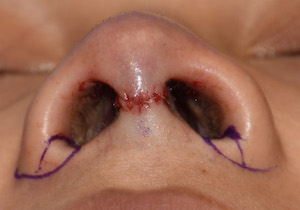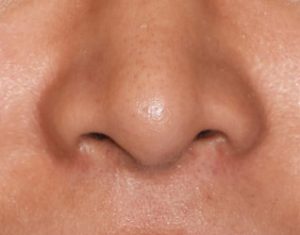Background: Almost every maneuver done in a rhinoplasty procedure is about changing its bony or cartilage framework support. By doing so the overlying skin adapts over the altered framework and eventually shows the new shape of the nose.
The one exception to framework change in rhinoplasty is in the management of nostril width. While the inner half of the nostrils is supported by the lower alar cartilages the outer half of the nostrils is composed of soft tissue only. This is most evident at the alar-facial junction which is what defines nasal base width. As a result altering nostril width is a skin/soft tissue procedure.
There are different types of nostril narrowing which fundamentally can be divided into two types based on their resultant scar pattern. One type keeps the scar inside the nostril while the other type has the scar going out along the alar-facial outside of the nostril. With different excisional scar patterns comes differences in how they affect nostril width.
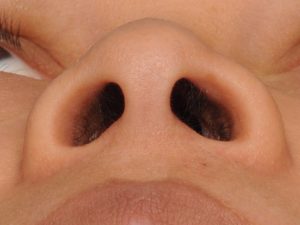
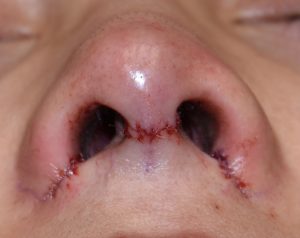
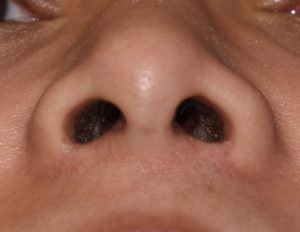
While the internal wedge excision nostril narrowing techniques heals with excellent scars, its effects are generally modest and do not produce any reduction in nostril height. (tip to nasal base distance)
Case Highlights:
1) Nostril narrowing is indicated in rhinoplasty to preserve or achieve a pleasing tip-nostril width ratio.
2) Excising a lateral wedge of the nasal sill narrows nostril width and keeps the scar line inside the nostril.
3) Internal nasal sill excision narrows the nostril but does not shorten its length.
Dr. Barry Eppley
Indianapolis, Indiana

